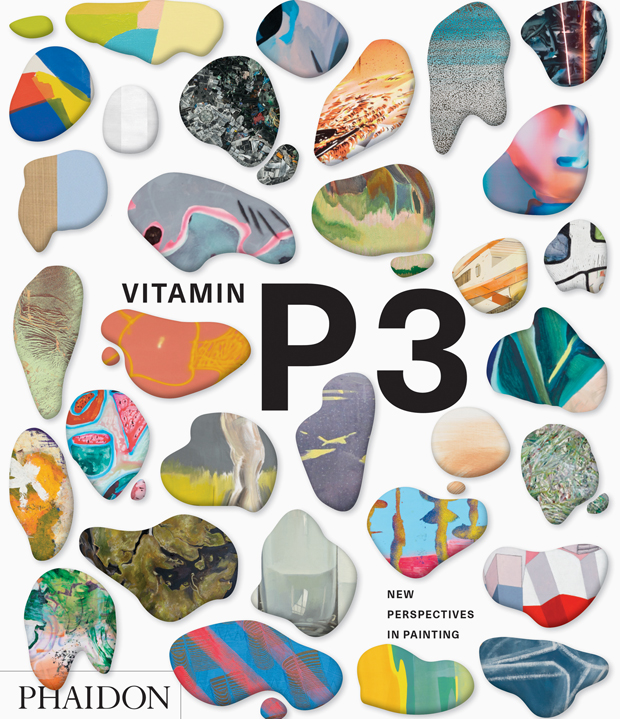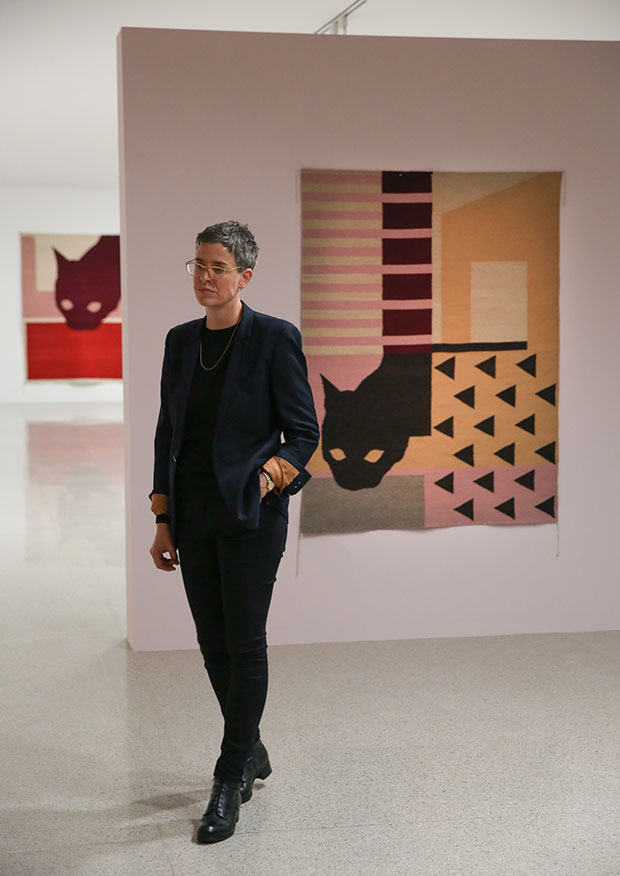
Ulrike Müller - Why I Paint
Exploring the creative processes of tomorrow's artists today - as featured in Vitamin P3
The beguilingly simple compositions of the Austrian born painter Ulrike Müller are dominated by precise geometries: ample circles, rakish triangles and gentle U-shaped curves nestled into rectangular fields. Bisecting, overlapping and entering each other, Müller’s geometric shapes create a sense of active and easy-going interaction. Though they speak the language of geometric abstraction so familiar to the history of twentieth-century painting, her works seem to go beyond absolute non-figuration, hinting towards some sort of sensual interplay between shape and colour, arc and line.
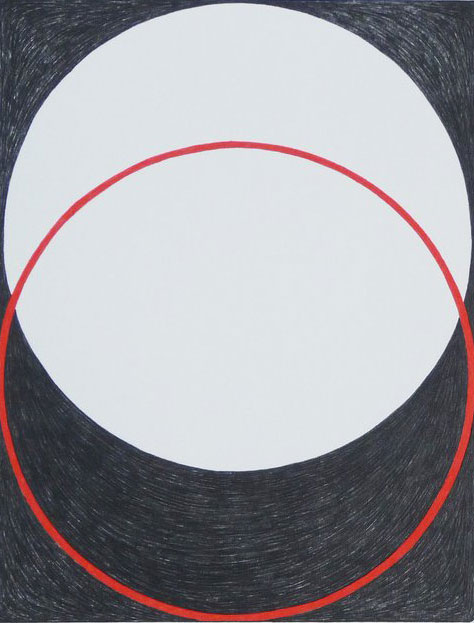
Müller’s geometric designs are only a part of a rich and variegated practice that actively engages with feminist and queer histories. From her work with the gender queer collaborative journal LTTR, to her curatorial work for the ‘Raw/Cooked’ series at New York’s Brooklyn Museum and for mumok, Vienna, as well as in her understated paintings, Müller is constantly investigating the ways that form crosses over and intersects with questions of representation, identity and the body. Here, the Vitamin P3-featured painter tells us what interests, inspires and spurs her on.
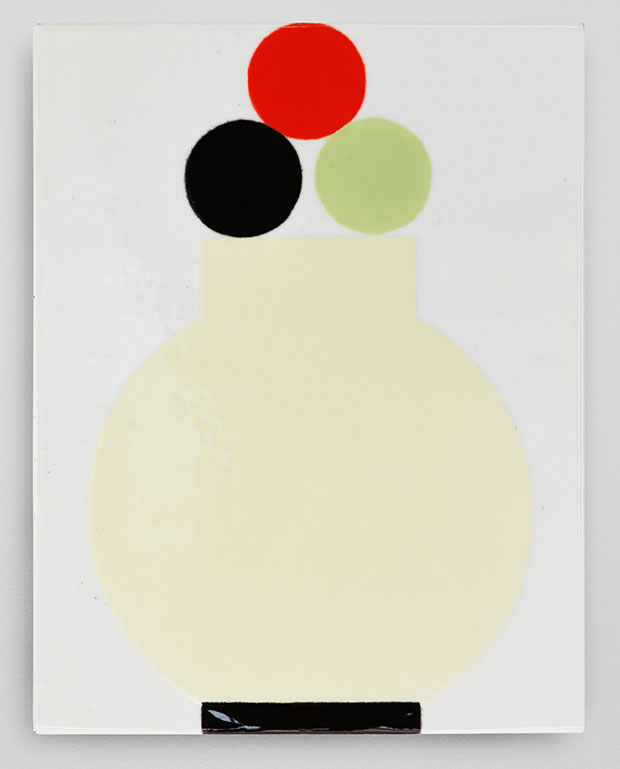
Who are you? I’m much more challenged by figuring out ways to refute rather than answer this question. With its implications of self-sameness and stability it directly points toward some of the things that I try to undo in my work. Rather than assuming meaning or identity as given, I strive to activate seeing and knowing as processes.
What’s on your mind right now? Now that you got me started I’m thinking about problems of self-representation and artist’s biographies! Beyond that, I’m processing a gallery show that opened two weeks ago at Callicoon Fine Arts in New York. It includes a new type of work, brushy paintings on paper and canvas. A couple of years ago I realized that the legibility of both image and indexical gesture were challenges I needed to tackle. I’m interested in how they both relate to the hyper-mediated quality of my enamel paintings and rugs and how they extend the conversation.
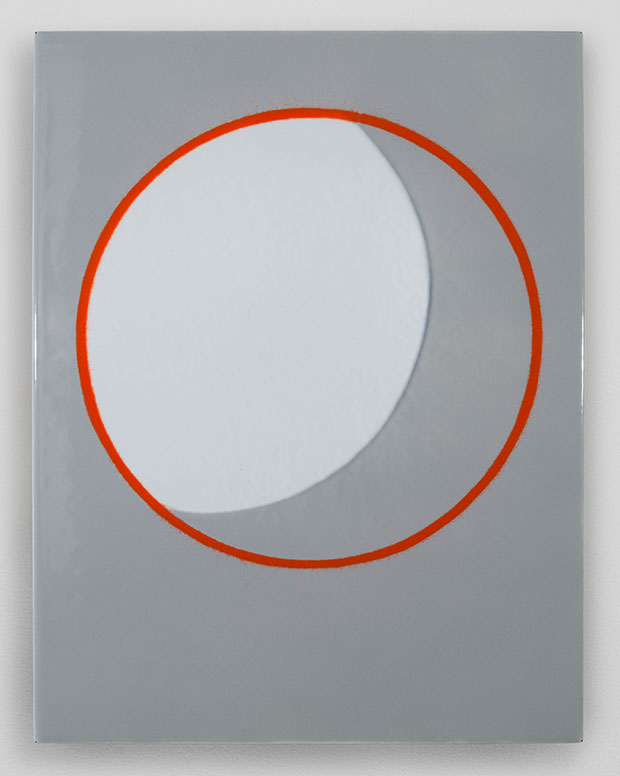
How do you get this stuff out? I show up at the studio, I don’t judge my ideas before they have materialized, and I edit a lot.
How does it fit together? I have this idea that a life’s work does not need to progress in a linear succession, so rather than abandoning one thing for another I’m interested in accumulation and in the space between different types of work and approaches. It has to do with not accepting inherited categories such as fine versus applied art and the gendered baggage of such distinctions. I think that a lot happens between things, and it is one of the ways in which I hope to rope in my viewers.
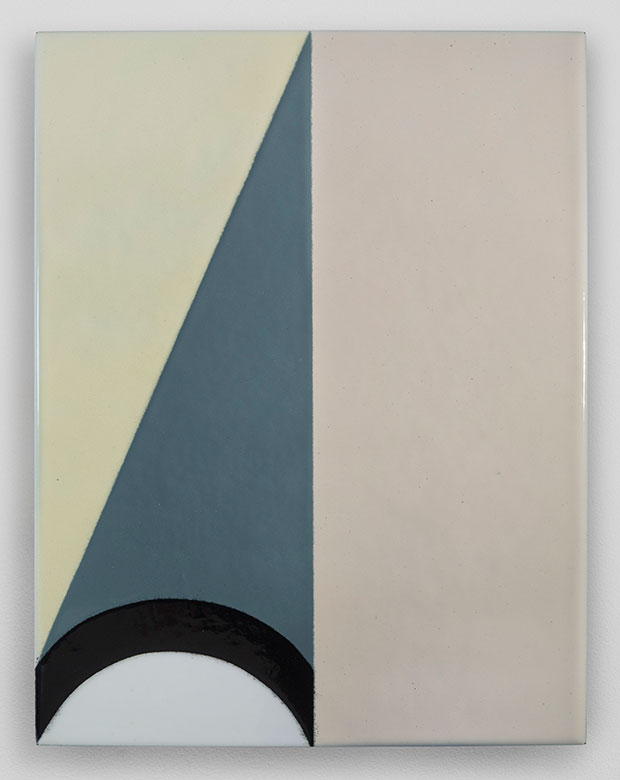
What brought you to this point? I wanted to be a painter when I was much younger, but didn’t know a way how to. There were lots of other things that I did - organizing, queer feminist publishing, performance, video - and I brought all of this along as I finally figured out a way into the studio.
Can you control it? Of course I make decisions, but it’s generally more productive to try and suspend what I think I know and to follow the work.
Have you ever destroyed one of your paintings? Yes, I will destroy and recycle work that isn’t good. It’s part of my editing process.
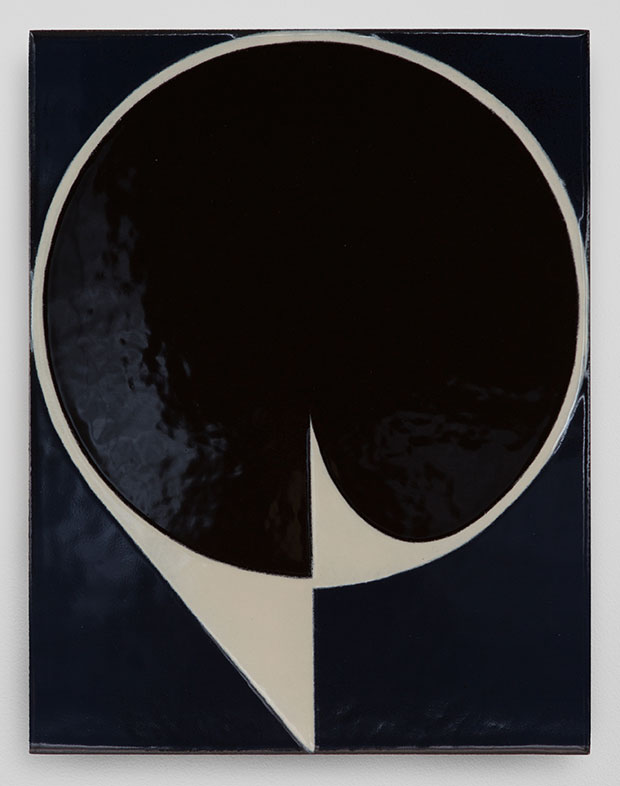
What’s next for you, and what’s next for painting? I have a pretty good sense of what I will be working on in the next months, but there is the big uncertainty of upcoming elections and a concrete fascist threat in both the US (where I live) and Austria (where I am from). It’s a terrible moment in the world, and a strange time to make art. Maybe in some humble way painting can be a place that resists the post-factual spin and asserts both materiality and agency.
Vitamin P3 New Perspectives In Painting is the third in an ongoing series that began with Vitamin P in 2002 and Vitamin P2 in 2011. For each book, distinguished critics, curators, museum directors and other contemporary art experts are invited to nominate artists who have made significant and innovative contributions to painting. The series in general, and Vitamin P3 in particular, is probably the best way to become an instant expert on tomorrrow's painting stars today.
Find out more about Vitamin P3 New Perspectives In Painting here. Check back for another Why I Paint interview with a Vitamin P3-featured artist tomorrow. Take a look at Ulrike's prints available at Artspace. And if you're quick, you can snap up works by many of the other painters featured in Vitamin P3 at Artspace - the best place to buy the world's best contemporary art. Finally, be sure to check out more of Ulrike's work at Callicoon Fine Arts.
